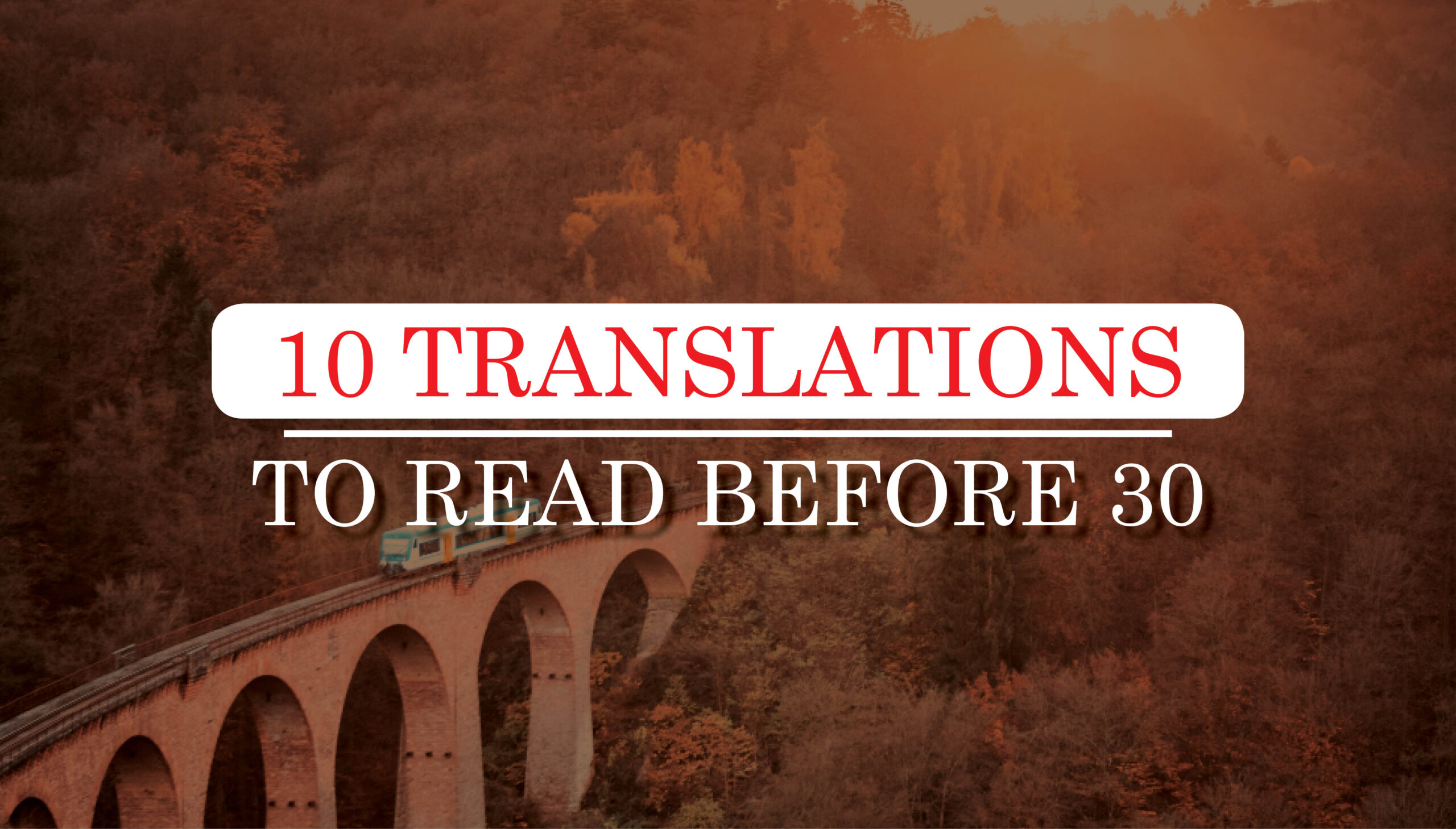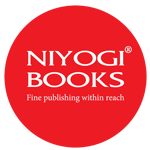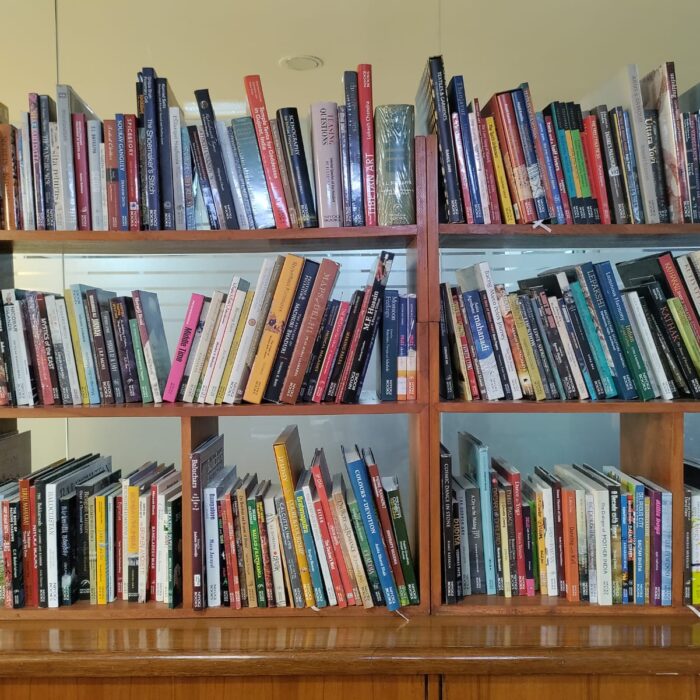
10 translations one must read before we turn 30!
Imagine this for a moment: your friend raves to you about a book she recently read. It sounds like exactly the kind of book you’d love to read. Excitedly, you go to purchase the book, only to realise that it is in a language you can neither speak nor read. Maybe it is in Bengali, or Assamese, or Tamil, or maybe it is in Spanish—but for you, it might as well be in Hieroglyphics. A world where we can only read books written in our own language would be terribly limited/boring. Translations are the keys that unlock the treasure trove of global literature, allowing us to explore literary landscapes far beyond our linguistic borders. These works push us beyond our comfort zones, encouraging us to question our assumptions and broaden our horizons.
Here are 10 translated works you should read before you turn 30.
- Gitanjali written and translated by Rabindranath Tagore
Rabindranath Tagore’s Gitanjali holds significant relevance for today’s generations, particularly in its exploration of identity and self-discovery. This generation is characterized by a strong emphasis on understanding and expressing individual identities amid diverse social landscapes. Tagore’s poetry encourages introspection and personal growth, inviting readers to reflect on their inner selves. This quest for authenticity resonates with Gen Z’s desire to navigate complexities of identity, including aspects related to culture, gender, and personal values.
Moreover, the themes of nature and environmental consciousness found in Gitanjali align closely with the growing awareness of ecological issues today. As this generation grapples with climate change and environmental degradation, Tagore’s reflections can motivate us to advocate for sustainability and respect for the natural world, emphasizing the interdependence between humanity and nature.
Finally, the spiritual and humanitarian values embedded in Gitanjali resonate with our pursuit of social justice and mental well-being. Tagore’s emphasis on love, empathy, and community speaks to a generation committed to fostering inclusivity and compassion in an increasingly polarized world. His exploration of spirituality and the search for inner peace offers solace and mindfulness in a time marked by anxiety and uncertainty.
Overall, Gitanjali provides timeless wisdom and inspiration that can guide us in our quest for meaning and connection in a rapidly changing society.
- Rainbow Runners written and translated by Dr Dhrubajyoti Borah
Living in a conflict zone profoundly affects an individual’s mindset, often leading to heightened anxiety, fear, and trauma. Constant exposure to violence and instability can result in psychological stress, manifesting as symptoms of post-traumatic stress disorder (PTSD), such as flashbacks and emotional numbness. Over time, individuals may become desensitized to violence, altering their perceptions of safety and normalcy. It can hinder the ability to plan for the future, as immediate survival often takes precedence over long-term goals.
On the other hand, such environments can also foster resilience and a strong sense of community. Individuals may develop coping mechanisms that enable them to adapt to their circumstances, leading to a desire for change and activism. Relationships within communities often strengthen as people unite in the face of adversity, promoting solidarity and support. However, the experience can also breed cynicism and distrust, particularly towards institutions and authorities.
This book explores the theme of conflict in Assam and how that impacts the general populace of the area. The author beautifully, through the eyes of the protagonist, shows how it impacts the mindset of a person when they live in a conflict zone, and how that can alter a person’s perception of life and psyche.
- Hanging by a Thread by Tho Mu Si Ragunathan- Translated by P.C Ramakrishna
Hanging by a Thread is an evocative English translation of Panjum Pasiyum, a classic Tamil novel written by Tho Mu Si Ragunathan, translated by P.C. Ramakrishna. Set in the 1950s, the novel paints a vivid, realistic picture of the plight of handloom weavers in Tamil Nadu. It explores the socio-economic challenges faced by the weaving communities oppressed by exploitative businessmen, government apathy, and the influx of cheaper mill cloth. The novel combines historical accuracy with human drama, providing an insightful look into how these weavers organized and resisted, seeking justice and recognition for their craft.
The narrative follows the families of Thathulinga Mudaliar, a ruthless businessman, and Kailasa Mudaliar, a weaver deeply in debt. The stories of their children, combined with the struggles of the larger weaving community in places like Madurai and Ambasamudram, offers a deeply engaging depiction of the weavers’ resistance movements. Through Ragunathan’s sharp and poignant writing, translated smoothly into English, readers are drawn into the socio-political turmoil of the era, as well as the personal struggles of these families. This blending of individual stories with the collective fight for rights makes the novel a powerful commentary on social justice.
- Calcutta Nights by Hemendra Kumar Roy, written under the pseudonym of Meghnad Gupta- Translated by Rajat Chaudhuri
Calcutta Nights (Raater Kolkata), written by Hemendra Kumar Roy and translated into English by Rajat Chaudhuri, is a fascinating and bold glimpse into the underbelly of early 20th-century Calcutta. Set during a period of political turbulence between 1901 and 1920, the book delves into the city’s nocturnal world of vice, pleasure, and moral decay. As a memoir of the author’s adventures under the pseudonym Meghnad Gupta, the book paints a vivid picture of the city’s nightlife, filled with prostitutes, gamblers, and opium dens, giving readers a taste of a Calcutta that contrasts sharply with its genteel public image.
What makes Calcutta Nights particularly intriguing is its unflinching portrayal of the city’s darker aspects, from the brothels and gambling houses to the lives of beggars. Roy’s narrative doesn’t shy away from exposing the raw realities of these seedy quarters. However, it’s important to note that the author’s views can sometimes be jarring for modern readers, as his lens is steeped in the attitudes of his time.
For today’s readers, especially those attuned to the subtleties of social transformation, Roy’s exploration of a rapidly changing colonial India offers a parallel to the global shifts and urban complexities we see now. It tests our emotional range—inviting laughter at the absurdities of life, anger at injustice, and empathy for characters caught in the grips of societal change. Rajat Chaudhuri’s translation breathes new life into this forgotten classic, ensuring that its rich narrative and human truths resonate with a generation that seeks both entertainment and deeper social reflection. The decadence, survival, and search for meaning in Calcutta Nights will appeal to readers who enjoy stories that challenge them to think critically about history and its echoes in modern life.
- Worlds within Worlds by Ajay Navaria- Translated by Nita Kumar
Worlds Within Worlds, translated by Nita Kumar from Ajay Navaria’s Hindi novel Udhar ke Log, is a profound exploration of the intersection between caste, class and personal identity in contemporary urban India. The novel presents the struggles and aspirations of a young Dalit man, whose experiences shed light on the broader challenges faced by India’s emerging Dalit middle class. Through Kumar’s skillful translation, the nuanced discussions on caste politics, education and social mobility are accessible to a global audience while retaining the emotional and cultural depth of the original. This translation is not just a linguistic bridge but also an intellectual endeavour that preserves the integrity of the novel’s critical themes.
For readers under 30, Worlds Within Worlds is an essential text, as it prompts reflection on complex societal structures that still affect millions today. Navaria, a celebrated figure in Dalit literature, dives into caste dynamics with sensitivity and depth, illustrating how caste continues to influence professional, social, and romantic relationships, even among educated individuals. The novel’s first-person narrative allows readers to engage intimately with the protagonist’s conflicts—his professional growth and personal awakening are inextricably linked to his caste identity, presenting readers with an intellectual challenge: Can education and social mobility truly eradicate the deep-rooted stigmas of caste?
- Entering The Maze; Queer Fiction by Krishnagopal Mallick- Translated by Niladri R Chatterjee
As society grapples with complex issues of identity, belonging, and cultural dynamics, Entering the Maze provides a nuanced exploration of these themes. The narrative addresses the labyrinthine nature of contemporary life, resonating with readers who are navigating their own challenges in an increasingly interconnected yet fragmented world.
The novel transports us to a North Kolkata of trams, lanes and by-lanes, with deadpan story-telling that infuses North Kolkata with a queer radiance unmatched in Indian writing.
In 2024, with ongoing discussions about diversity and self-identity, the book encourages reflection on personal and collective experiences.
- The Saga of Muziris by A. Sethumadhavan- Translated by Prema Jayakumar
The Saga of Muziris by A. Sethumadhavan, translated into English by Prema Jayakumar, is a captivating blend of history, myth and fiction. Set around the mysterious disappearance of the ancient port city of Muziris, the novel takes readers on a journey through Kerala’s rich maritime past. The narrative follows Aravindan, the protagonist, as he embarks on a quest to uncover the lost glory of Muziris, propelled by archaeological discoveries at Pattanam. What unfolds is a sweeping tale that spans thousands of years, shedding light on the socio-political and economic transformations of the region. The translation beautifully retains the emotional and cultural depth of the original Malayalam work, making it accessible to a global audience.
This book is a must-read for those interested in historical fiction, as it skilfully intertwines real events with elements of magic realism. The evocative portrayal of the pepper trade and the cosmopolitan nature of Muziris as a hub for Roman, Arab, and Greek traders, enriches the reader’s understanding of India’s historical connections with the world. Sethumadhavan’s richly drawn characters and vivid descriptions immerses readers in the bustling life of the port before its decline. The novel also reflects on broader themes of migration, displacement and the search for identity, making it highly relevant in today’s global context.
- Saakshi : The Witness By S. Bhyrappa
S.L. Bhyrappa’s Saakshi is a profound exploration of identity, truth, and moral dilemmas. The novel follows the journey of its protagonist as he grapples with existential questions and navigates the complexities of human relationships. Through his experiences, Bhyrappa delves into the nature of reality, inviting readers to reflect on their beliefs and the societal norms that shape them.
For Generation Z, Saakshi offers valuable insights into self-discovery and critical thinking, both of which are essential in today’s rapidly changing world. As this generation faces unique challenges and pressures, the novel encourages them to question established norms and seek their own truths. The philosophical underpinnings of Saakshi can inspire Gen Z to engage in deeper introspection, promoting a mindset that values understanding over blind acceptance. This is particularly relevant in an age dominated by social media and information overload, where critical thinking is crucial for discerning truth.
- What the Rains Foretold by N. Mohanan- Translated by Manoj Neelakanthan
What the Rains Foretold is not just a mythological tale from ancient Kerala; it is a timeless exploration of human emotions, societal constructs, and the struggle to challenge fate. For today’s generation, this novel holds significant relevance because it delves into issues that continue to resonate—caste, guilt, and the pursuit of individual freedom against societal expectations. Vararuchi’s story of attempting to defy a prophecy, only to be bound by it, reflects our own battles with identity, societal norms, and the consequences of our actions. It challenges readers to think about the weight of their choices and the inescapable pull of destiny.
The novel’s themes of caste and societal hierarchy are especially relevant today as conversations about social justice, equality, and individual rights gain prominence globally. In a world still grappling with discrimination, What the Rains Foretold offers a mythological framework to explore how deeply ingrained prejudices can affect personal and societal evolution. Furthermore, Vararuchi’s intellectual and philosophical journey mirrors the modern quest for knowledge and self-understanding, encouraging readers to reflect on their own lives and the societal pressures they face.
In a generation that values introspection and is seeking to connect with cultural roots, the novel’s rich blend of myth, philosophy, and cultural commentary provides a meaningful way to engage with the past while drawing parallels to present-day struggles. Reading this book is not just about connecting with a mythological story; it’s about understanding how ancient wisdom and narratives can still speak to the challenges and questions of modern life.
- Preeto and Other Short Stories : The Male Gaze in Urdu- by Rakshanda Jalil
Preeto & Other Stories: The Male Gaze in Urdu is a compelling anthology curated and introduced by Rakhshanda Jalil. This collection offers a fresh and critical look at how male Urdu writers have historically perceived and portrayed women. The anthology presents works from a range of writers, from the classic pillars of Urdu literature, such as Rajinder Singh Bedi and Krishan Chandar, to more contemporary voices. The selection seeks to deconstruct traditional patriarchal views, highlighting how some male authors have often presented women through a narrow, idealized lens, while others have offered more complex, humanized portrayals. The stories provide valuable insights into the evolving depiction of women in Urdu fiction, making it a thought-provoking read for modern audiences.
One of the anthology’s greatest strengths lies in its ability to challenge stereotypes while exposing the limitations of the ‘male gaze’. The stories depict various women grappling with social expectations and the pressures of conformity in a patriarchal society. For example, Gulzar’s story “Man’ illustrates the constant judgment and control women face from male figures in their lives, while stories like ‘Asexual’ by Rahman Abbas explore themes of sexual autonomy and the defiance of societal norms. This collection doesn’t just celebrate women’s victories but instead delves into their inner conflicts and struggles as they navigate a deeply ingrained system of gendered expectations. Jalil’s insightful introduction frames these themes, offering readers a critical lens to examine how men have historically viewed and written about women.


